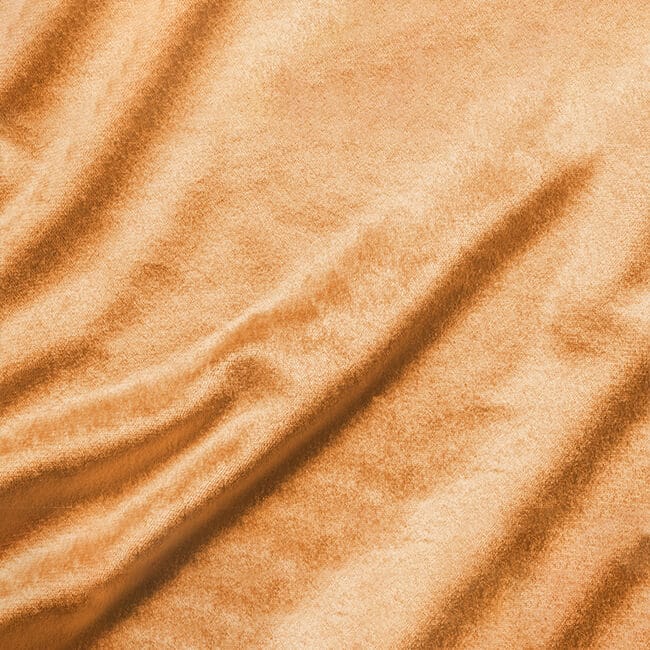
Copper impregnated fabrics are becoming more in demand as it is believed to have antimicrobial finishing agents that could help reduce the risk of viruses. There are two types of copper impregnated fabrics: copper weaved fabric and copper sprayed fabric. While the former is functionalized by dip-coating, the latter has copper alloys weaved into the fabric.
What Is Copper and Copper Impregnated Fabric
Copper is a fundamental nutrient that if found naturally in the environment in rocks, soil, air, and water. We come into contact with copper from these sources each day yet the amount of produced copper is generally small-scale. A significant part of the copper we come into contact with is firmly bound to different mixtures delivering it neither valuable nor poisonous. Copper has been utilized for quite a long time for sterilization, and has been significant all throughout the world in innovation, medication and culture. One evident innovation made out of copper are the copper-impregnated fabrics. These types of fabrics have been manufactured for the production of antibacterial and self-sanitizing clothing. These copper-impregnated fabrics are safe and are proven to eliminate pathogenic microorganisms. Infectious diseases are commonly brought by pathogenic microorganisms. Thus, clothing made with functionalized materials with antimicrobial finishing agents such as copper-impregnated fabrics could help reduce the risk of these infectious diseases.
A study about Antibacterial Cotton Fabric Functionalized with Copper Oxide Nanoparticles suggests that fabrics that are weaved in copper have become a good alternative to avert transmission of disease for it has antimicrobial properties.
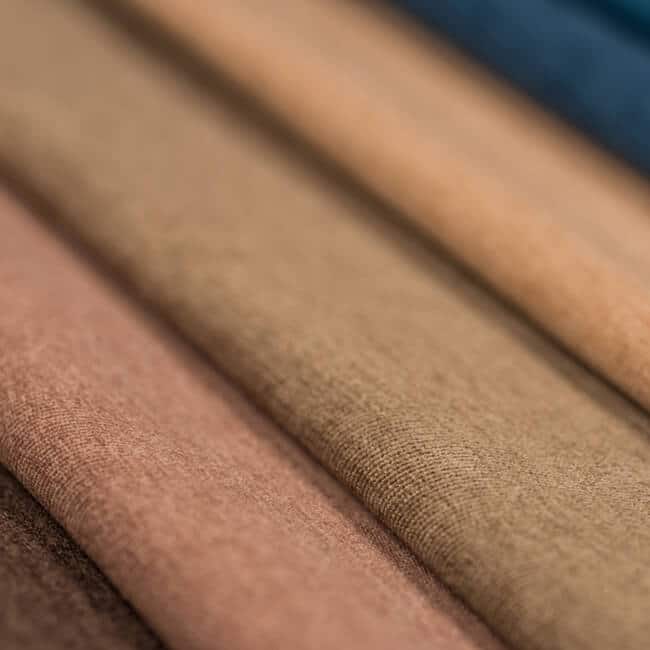
Why Weaved In Copper Fabric Is Better Than Sprayed On Copper Fabric
There is a huge volume of distributed investigations depicting the job of weave fabrics density. Copper woven fabric is used for making face masks, leggings, pants, shirts, jackets, and office clothing. The copper textures and particles woven inside the strings are known to last longer. Those materials have a large benefit on our daily lives. Copper on fabric protects us from dust and various kinds of bacteria. Copper is considered safe for humans and it is an innovative weapon to fight infection. Weaving in the copper fabric is better than spray-on copper fabric because it will last longer. Sprayed-on copper fabric isn’t suitable for lifetime use because, in the long run, multiple washes will lessen its potency.
How to Avoid Sprayed Copper Products Losing Its Potency After Many Washes
Sprayed copper products will lessen their potency after many washes. Here are the guidelines that you need to know to avoid diminishing sprayed copper products’ potency:
- Use mild detergent
- Use warm water
- Air dry in a well-ventilated area
With proper care of your sprayed copper products after your first wash, incorporating separate washing with a gentle cleanser, your sports apparel will last a long time.
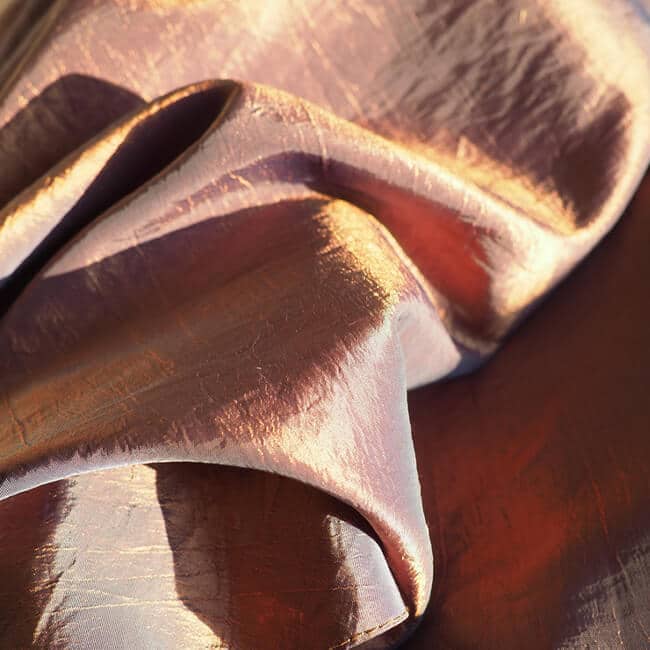
The Benefits of Copper Impregnated Fabric
Copper is known for killing microbes and it also helps eliminate body odor by preventing the growth of odor-causing microbes, which is why copper fabrics are so popular for active wear, gym sports apparel and innerwear. Today, copper-impregnated fabric is generally used to battle the spread of contaminations in clinics and other medical care settings too. Copper is a particularly fundamental piece of our body, the advantages go a long way past what you’d anticipate.
- Odor resistant – Feel fresh for longer
- Anti dust mite / Anti asthmatic
- Antibacterial, antifungal and antiviral, can help protect against Hospital Acquired Infections, MRSA etc.
- Could help against further infection of bed sores or skin ailments whilst the fabric is in contact with the skin
The Process On How Copper Garments Are Sprayed
A combination of solutions containing copper nitrate and polyethylene glycol was utilized to accumulate CuO NPs powder (initial step of the ex situ method). These nanoparticles were utilized to plan colloids where the fabric was submerged, mixed, and afterward dried, and this last part relates to the second step of the ex situ method. Aside from this, a polymeric network made out of polyaniline was utilized to immobilize CuO to lessen the arrival of Cu+2 particles from fabrics to the general environment. A specific measure of synthesized CuO was added to a disintegration aniline to acquire that immobilization, and its application onto fabrics was like the impregnation interaction portrayed for the unadulterated CuO.
The Process Of How Copper Particles Are Weaved Into Clothing.
Copper is bound to fabric strands by an electroless plating measure, which incorporates the accompanying advances:
- Cotton filaments having a width of ˜11–13 μm are doused for 5 s in 1% SnCl2, pH 3.5, at room temperature.
- The filaments are then drenched for 5 s in PdCl2, pH 4, at room temperature, creating initiated strands.
- The actuated cotton strands are then presented to formaldehyde, CuSO4, and polyethylene glycol at pH 9. After 5 min, the cotton strands are plated with cationic copper [Cu(II) and Cu(I)].
- At last, the filaments are dried and gone through a material checking machine, what isolates and adjusts them. In the future, these filaments will be alluded to as copper strands. In the future, textures containing 20% (weight/weight) copper filaments and 80% non-copper-treated cotton strands will be alluded to as copper textures. Impregnation of copper into latex is refined by adding cuprous oxide powder mix (70% Cu2O and 30% CuO) to 10 g/l of undiluted latex.
Copper particles are weaved by using special technology and it is woven inside the strings of the fabric. By this manner, the textile clothing sector can manage the developing purchaser requests for hygienic, protective, and active wear clothing also because it increases expected applications and worth expansion. Then again, nanotechnology is one of the upcoming sectors where many research works are being finished fully intent on further developing properties of the textile materials.
Textile Scientist Jeffrey Gabbay explains the process on how copper particles are weaved into clothing. He developed a durable platform technology that brings copper into cotton strands, latex and any polymeric materials. This durable platform technology presents the copper oxide treated fibers enabling the large-scale manufacturing of woven and non-woven fabrics. His study demonstrates the potential use of copper in new applications.
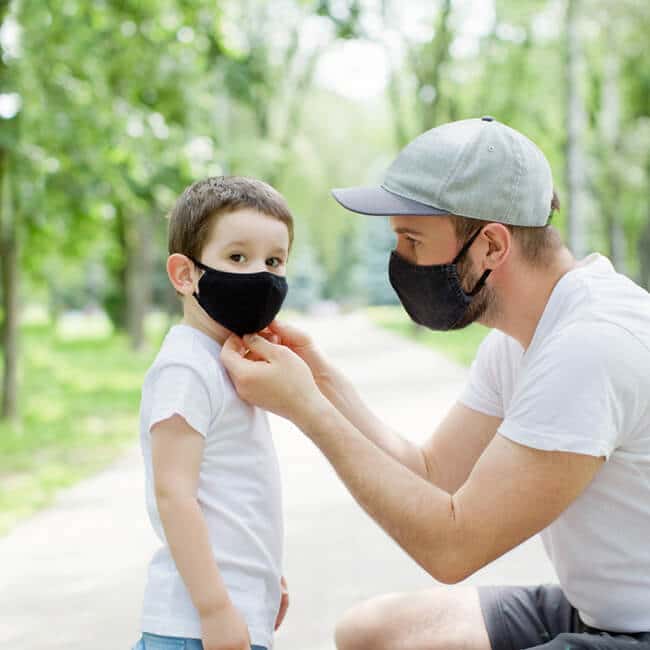
Should You Use Copper Impregnated Fabric to Fight The CoronaVirus?
Due to this pandemic, we are experiencing right now, wearing a face mask has become a way of life for all people. A microbiologist at the University of Massachusetts Amherst, Phyllis Kuhn, Ph.D., designed a face mask made from 99.5% pure copper. Kuhn discovered that copper potentially could fight the coronavirus, as well. A study found out that the virus lasted on copper for just a few hours, compared with days on stainless steel and plastic. Many years of examination show that microbes and infections that land on metallic copper surfaces are killed on contact.
A March study in the New England Journal of Medicine found in a lab setting that copper can inactivate a high centralization of the novel coronavirus within four hours.
This new finding is particularly encouraging, as indicated by Michael Schmidt, an educator of microbial science and immunology at the Medical University of South Carolina in Charleston, in light of the fact that the centralization of the infection as it spreads, in reality, is typically much lower and can accordingly be killed all the more rapidly. Copper impregnated fabric is potentially effective in stemming the spread of viruses. Researchers found out that making a copper face mask will help to prevent the spread of the COVID-19. Furthermore, the addition of copper nanoparticles can also produce highly effective antimicrobial materials. This review highlights the results of the examination considering the impact of copper over the coronavirus and summing up the art associated with its antiviral properties.
Conclusion On Copper Impregnated Fabrics
The utilization of these antimicrobial-impregnated fabrics, particularly by patients, is a feasible choice to prevent and control microbial transmission in health services.
Executing these fabrics in health laborers’ uniforms requires further investigations, nonetheless, to confirm its viability in diminishing microbial load in clinical practice.
Nowadays, there have been multiple metallic products marketed during the COVID-19 pandemic, such as products containing copper. The copper impregnated fabric is well known and has been used for centuries as a disinfectant material. It is either copper weaved in fabric or sprayed on copper fabric.
The copper impregnated fabric is a big help to us, especially during this time of the pandemic, it is important to maintain a healthy lifestyle, it is also equally essential to make sure that the clothes we wear are keeping us away from any form of the disease. Also, wearing copper face masks is just a single strategy of several that are needed for reducing the spread of COVID-19.
Many cloths made face masks do not make the grade and can only provide an adequate layer of protection. Here at Spectral Body we sell a stylish copper fabric mask for only $13.99 you can also browse through our inventory of copper impregnated clothing which has a truckload of health benefits aside from protection.
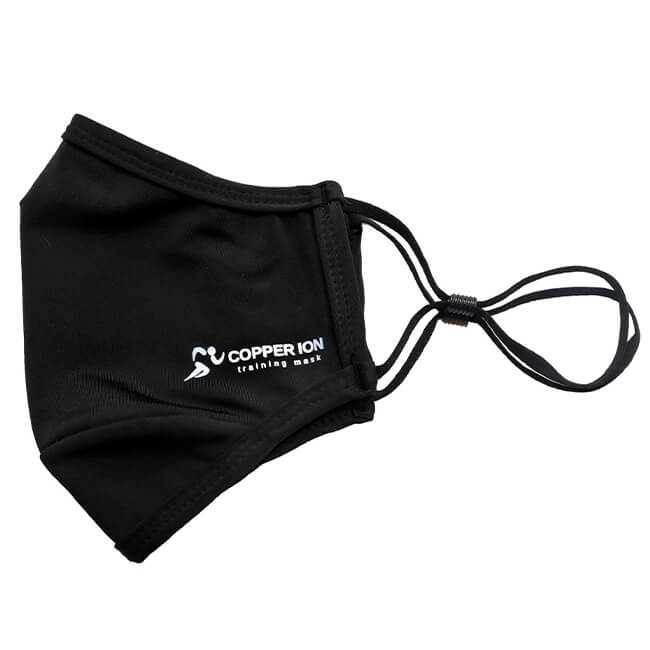
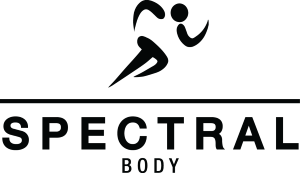




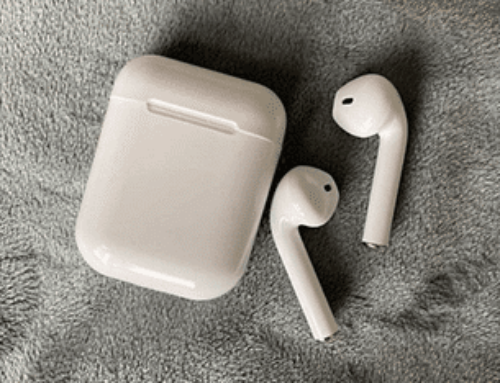
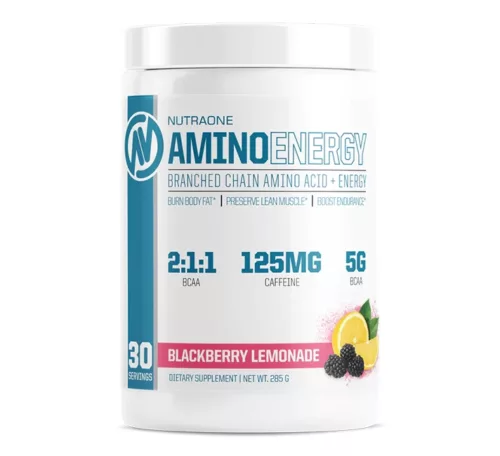
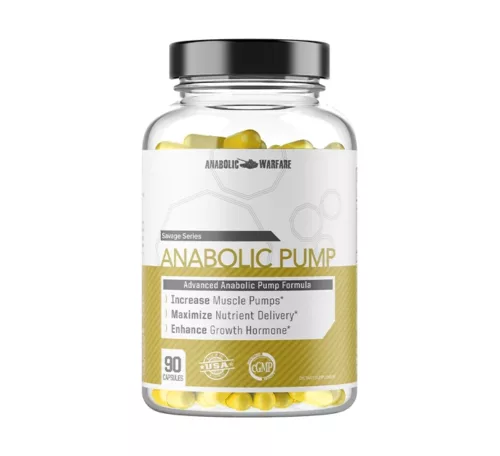
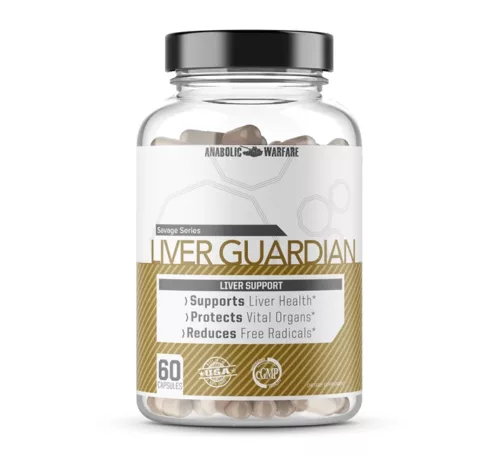
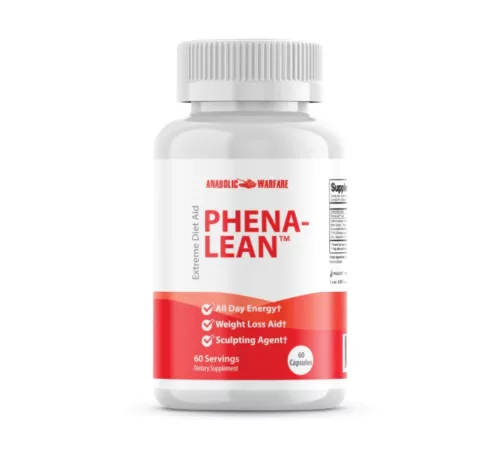
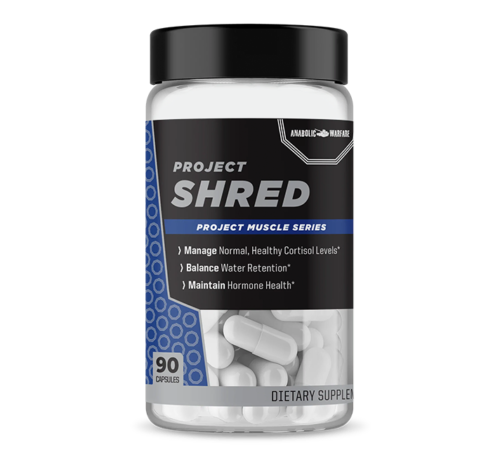
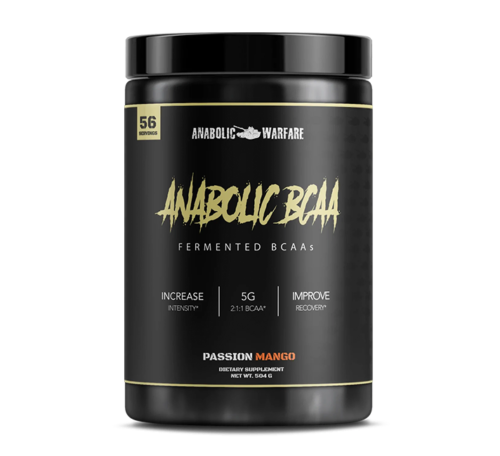
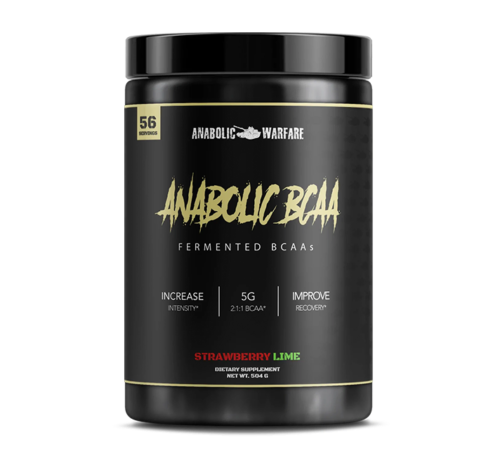
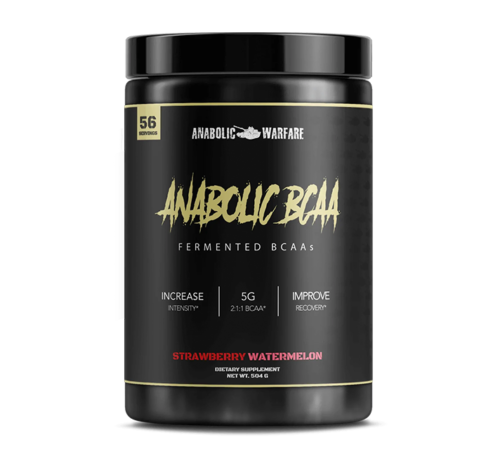
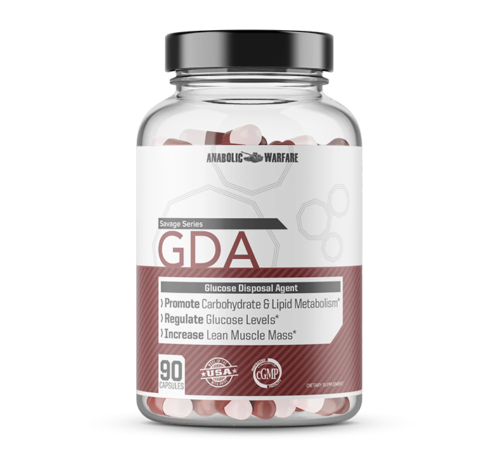
Leave A Comment
You must be logged in to post a comment.